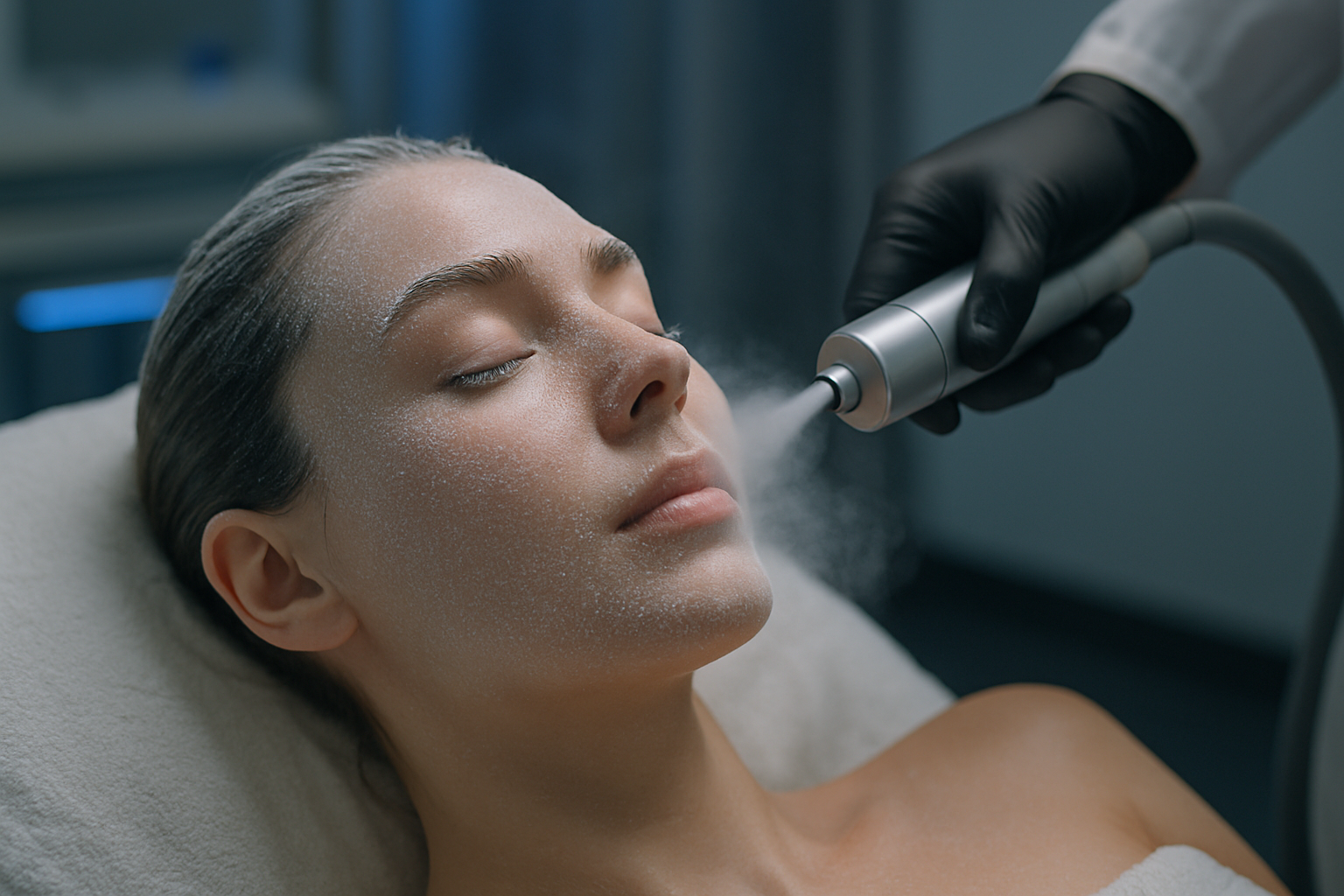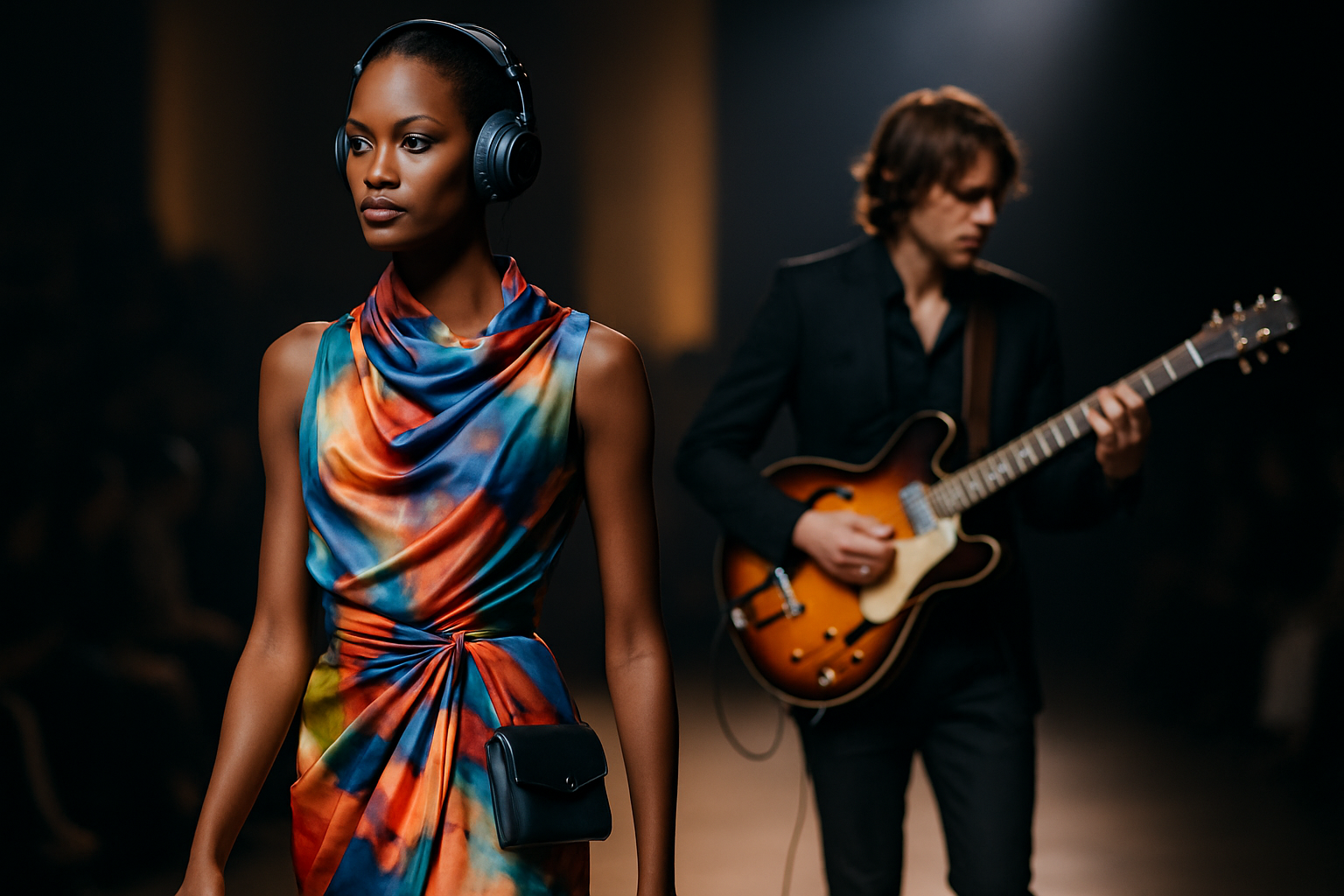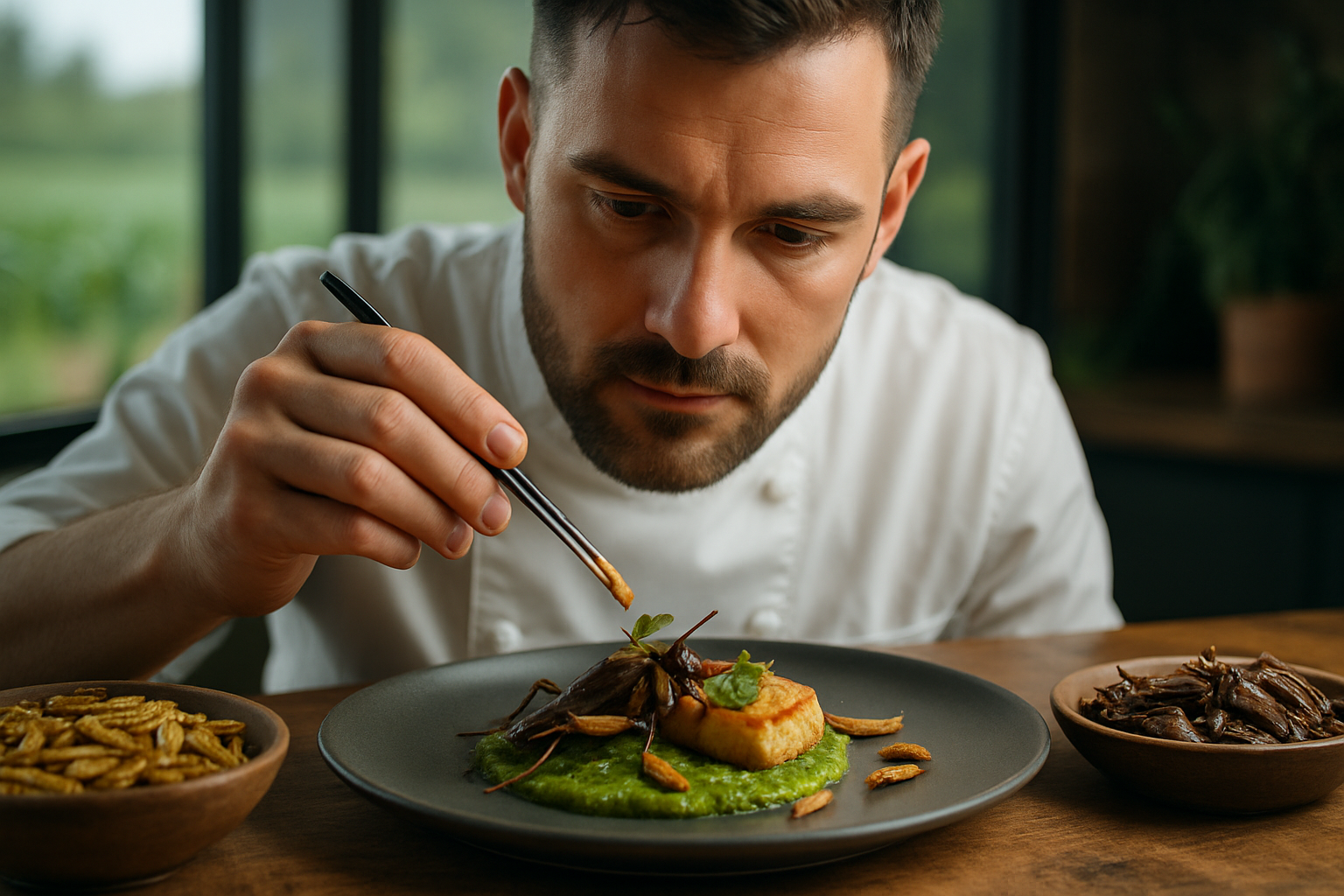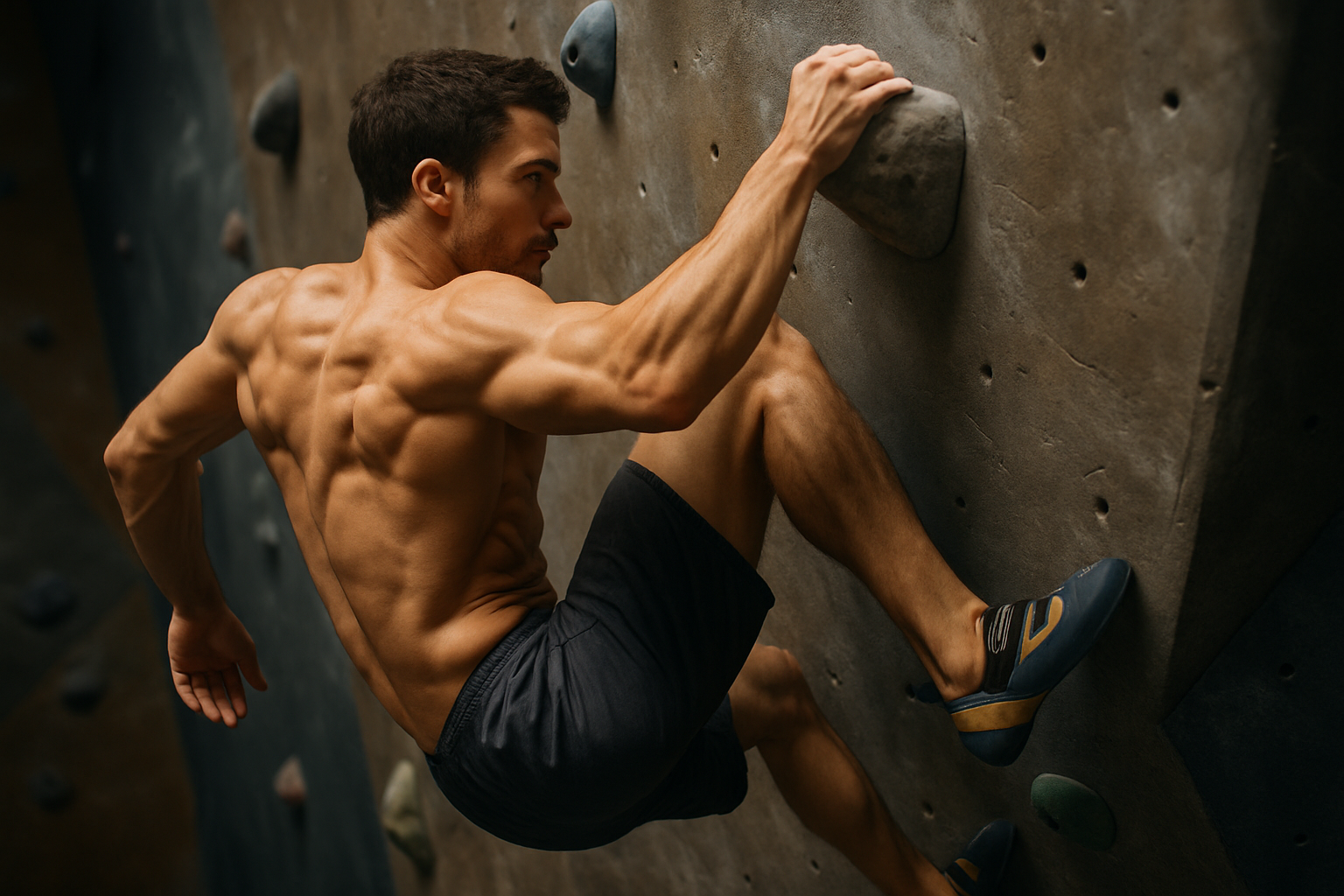Cryotherapy Beauty: The Cold Truth About Subzero Skincare
In the ever-evolving world of beauty and wellness, a chilling new trend has emerged, promising to freeze time and revolutionize skincare. Cryotherapy, long used in sports medicine and pain management, has now made its way into the realm of beauty treatments. This innovative approach harnesses the power of extreme cold to rejuvenate skin, reduce inflammation, and potentially slow the aging process. As beauty enthusiasts and skincare aficionados seek cutting-edge solutions, cryotherapy stands out as a cool contender in the fight against time. But what exactly is cryotherapy beauty, and does it live up to the hype? Let's dive into the icy depths of this intriguing trend and uncover the cold, hard facts.

The theory behind cryotherapy for skincare is rooted in the body’s natural healing mechanisms. When exposed to extreme cold, the body redirects blood flow to vital organs to maintain core temperature. As the skin warms up, oxygenated blood rushes back to the surface, bringing with it nutrients and growth factors that can help repair and rejuvenate skin cells.
Additionally, the cold exposure is thought to stimulate collagen production, improve skin elasticity, and reduce inflammation. Some proponents also claim that cryotherapy can boost metabolism and enhance the body’s ability to burn fat, potentially contributing to a more toned appearance.
From Medical Miracle to Beauty Breakthrough
While cryotherapy may seem like a futuristic beauty treatment, its roots can be traced back to ancient times. The use of cold therapy for medicinal purposes dates back to 2500 BCE, with ancient Egyptians using cold treatments to reduce inflammation and promote healing.
In modern times, cryotherapy gained prominence in the medical field during the 1970s when it was used to treat rheumatoid arthritis. Japanese rheumatologist Dr. Toshima Yamauchi pioneered the use of extreme cold exposure to alleviate pain and reduce inflammation in his patients.
The leap from medical treatment to beauty therapy occurred in the early 2000s when spas and wellness centers began offering whole-body cryotherapy chambers. These treatments, initially popular among athletes for recovery and pain management, soon caught the attention of beauty enthusiasts seeking novel anti-aging solutions.
Cryofacials: The Cool New Way to Glow
One of the most popular applications of cryotherapy in the beauty industry is the cryofacial. This treatment involves using a handheld device that emits a controlled stream of vaporized liquid nitrogen to cool and tighten the skin. The process typically lasts between 10 to 15 minutes and is often described as invigorating and refreshing.
Proponents of cryofacials claim a range of benefits, including:
-
Reduced puffiness and inflammation
-
Tightened pores
-
Improved skin texture and tone
-
Increased collagen production
-
Enhanced product absorption
While these claims are enticing, it’s important to note that scientific research on the long-term effects of cryofacials is still limited. However, many users report immediate improvements in skin appearance and a noticeable “glow” following treatment.
Beyond the Face: Whole-Body Cryotherapy for Beauty
For those seeking a more immersive experience, whole-body cryotherapy chambers offer a full-body subzero treatment. These sessions typically last between two to three minutes and involve standing in a chamber filled with nitrogen vapor that lowers the skin’s surface temperature.
Whole-body cryotherapy is said to offer additional benefits beyond skincare, including:
-
Improved circulation
-
Boosted metabolism
-
Reduced muscle soreness and joint pain
-
Enhanced mood and energy levels
-
Potential weight loss support
While these claims are intriguing, it’s crucial to approach them with a critical eye. The FDA has not cleared or approved whole-body cryotherapy devices for medical treatment of any specific medical conditions, and research on its efficacy for beauty purposes is still in its early stages.
The Cold Hard Truth: Risks and Considerations
As with any beauty treatment, cryotherapy comes with potential risks and side effects. The extreme cold can cause skin irritation, redness, and in rare cases, frostbite if not administered properly. Individuals with certain medical conditions, such as high blood pressure, heart problems, or Raynaud’s syndrome, should consult a healthcare professional before trying cryotherapy.
Moreover, the long-term effects of repeated cryotherapy treatments on skin health are not yet fully understood. While short-term benefits like reduced inflammation and improved skin tone are commonly reported, the impact of regular subzero exposure on skin over time remains a subject of ongoing research.
Chilling Innovations: The Future of Cryotherapy Beauty
As cryotherapy continues to gain popularity in the beauty world, innovative products and treatments are emerging to make this technology more accessible to consumers. At-home cryotherapy tools, such as ice rollers and cryogenic face masks, offer a DIY approach to subzero skincare.
Meanwhile, beauty brands are incorporating cryotherapy-inspired ingredients into their products, such as menthol and peppermint oil, to mimic the cooling effect and potential benefits of professional treatments.
Looking ahead, researchers are exploring the potential of combining cryotherapy with other beauty technologies, such as LED light therapy or microcurrent treatments, to enhance results and provide more comprehensive skincare solutions.
As the beauty industry continues to evolve, cryotherapy stands out as a cool contender in the quest for youthful, glowing skin. While more research is needed to fully understand its long-term effects and efficacy, the immediate benefits reported by many users make it an intriguing option for those seeking innovative skincare solutions. As with any new beauty trend, it’s essential to approach cryotherapy with caution, consult with professionals, and listen to your skin’s unique needs. Whether cryotherapy becomes a staple in future beauty routines or fades away as a passing fad remains to be seen, but one thing is certain: the beauty industry’s fascination with the power of cold is just heating up.




